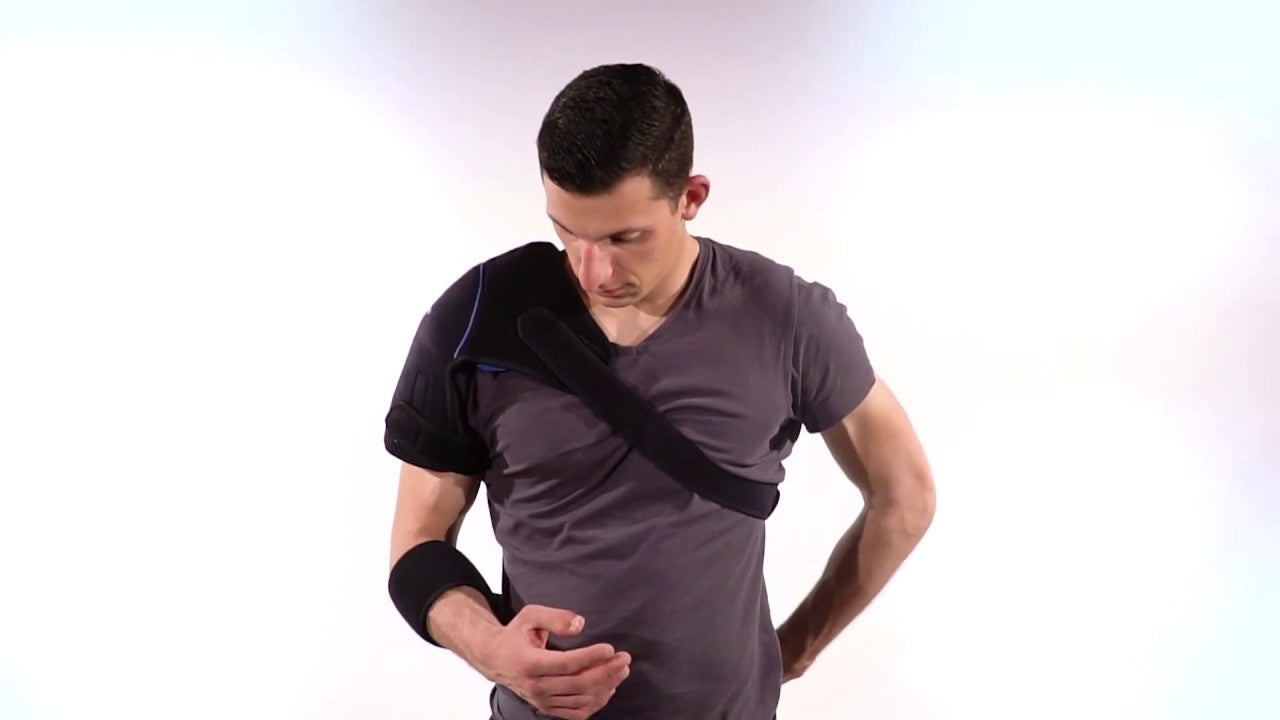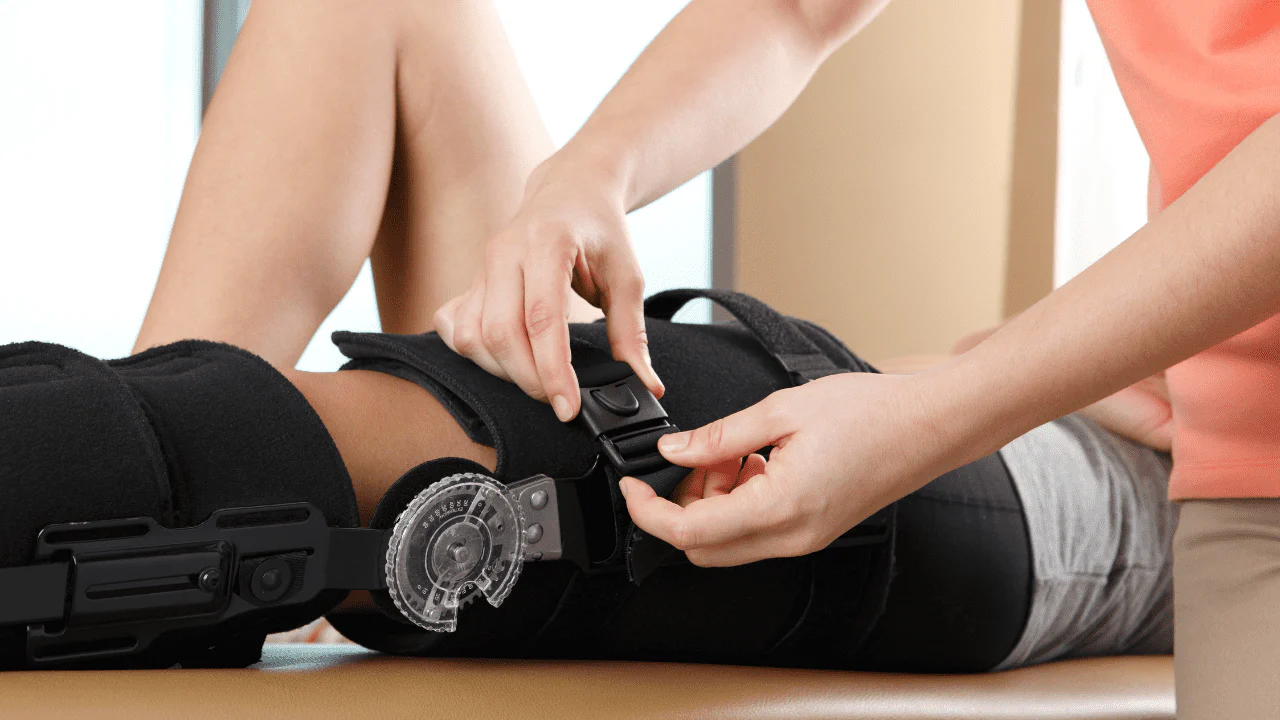The human knee stands as a common cause of pain which impacts everyone from athletic individuals to fitness enthusiasts to patients with arthritis and injured people. A knee brace stands as the most convenient along with minimally invasive approach to treat knee discomfort. Wearing a brace alone is insufficient since knowing proper usage methods leads to optimal outcomes. This blog provides step-by-step instructions for using knee braces as a pain relief method while explaining when to wear them and essential comfort and support considerations.
1. Choose the Right Type of Knee Brace
All knee braces differ from each other in their functions. The success of knee braces depends on choosing one appropriate for your medical situation.
Braces with sleeve-shaped designs give medium assistance which suits regular pain and small injury treatment.
These braces render strong support through normal use for surgical recovery as well as torn ligament cases.
People with moderate instability alongside patellar problems should choose wraparound dual-wrap braces for support.
Medical professionals might suggest customized braces as treatment for significant health conditions or postsurgical recovery.
2. Consult with a Healthcare Professional
A visit to a physician or a physiotherapist should come before starting regular use of a knee brace. The professional doctor or therapist will identify your knee problem and prescribe an appropriate brace for you. Your health condition may grow worse when you use an inappropriate brace.
3. Wear the Brace Properly
The effectiveness of the brace relies on having the correct fitting size. A brace that does not fit properly will move excessively and create skin irritations as well as rendering insufficient support. The brace needs to fit securely yet should not be excessively close to your skin. The support from the brace should be sufficient to be helpful while allowing blood flow to remain unobstructed. Read and follow the complete direction set by the manufacturer regarding both size selection and correct fitment procedures.
4. Use It During Activities That Trigger Pain
To achieve the best effects you should wear knee braces whenever you participate in the activities which commonly result in pain or strain. Individuals benefit from wearing the brace while moving between various activities such as walking, stair climbing and sports participation as well as standard standing. The best use of a knee brace is when you wear it while performing activities that cause discomfort and relieve pain together with knee stability.
5. Do Not Rely Solely on the Brace
A knee brace has beneficial effects on pain yet it remains insufficient to substitute standard muscle rehabilitation procedures or physical therapy sessions. Long-term knee pain relief comes from strengthening the quad, hamstring and calf muscles near the knee. The implementation of a knee brace should include all aspects of knee care management.
6. Keep the Brace Clean and Well-Maintained
Hygiene is crucial. Follow the manufacturer guidelines to achieve proper washing of your knee brace. Regular cleaning of a knee brace both reduces skin complications and increases its functional use time. Examine the brace frequently to detect any wear marks especially on the straps and hinge components.
Conclusion
The use of knee braces offers significant support to pain management and help during periods of physical rehabilitation and athletic activity. Proper selection of knee braces combined with appropriate use enables pain relief through methods that avoid both medications and invasive therapies. Brace usage should accompany an extensive treatment approach that combines medical counseling with exercises for optimal outcomes.





Leave a comment
This site is protected by hCaptcha and the hCaptcha Privacy Policy and Terms of Service apply.